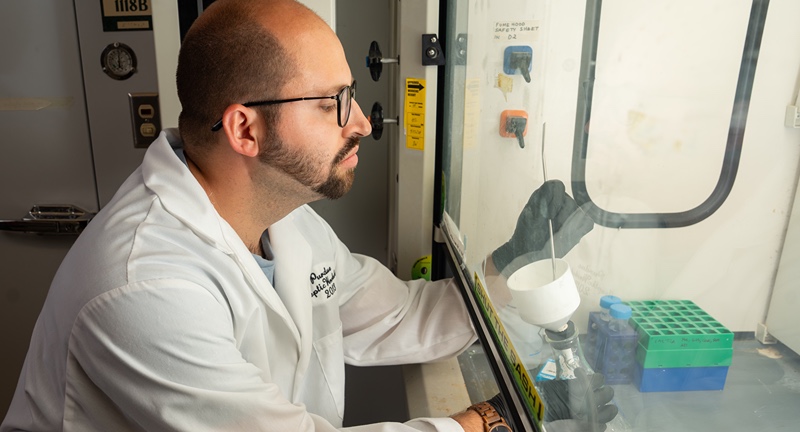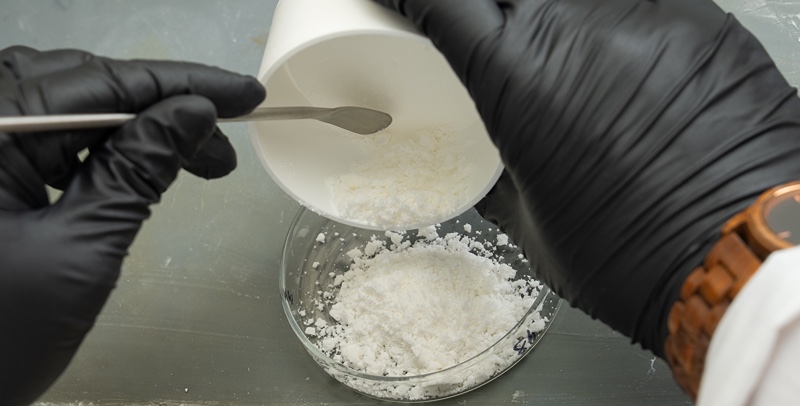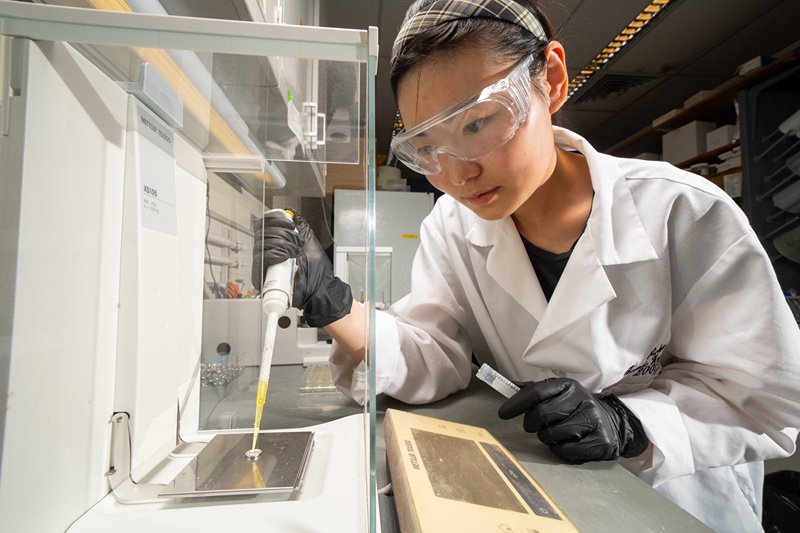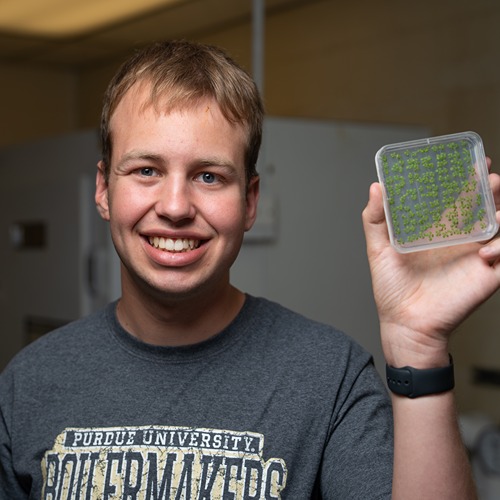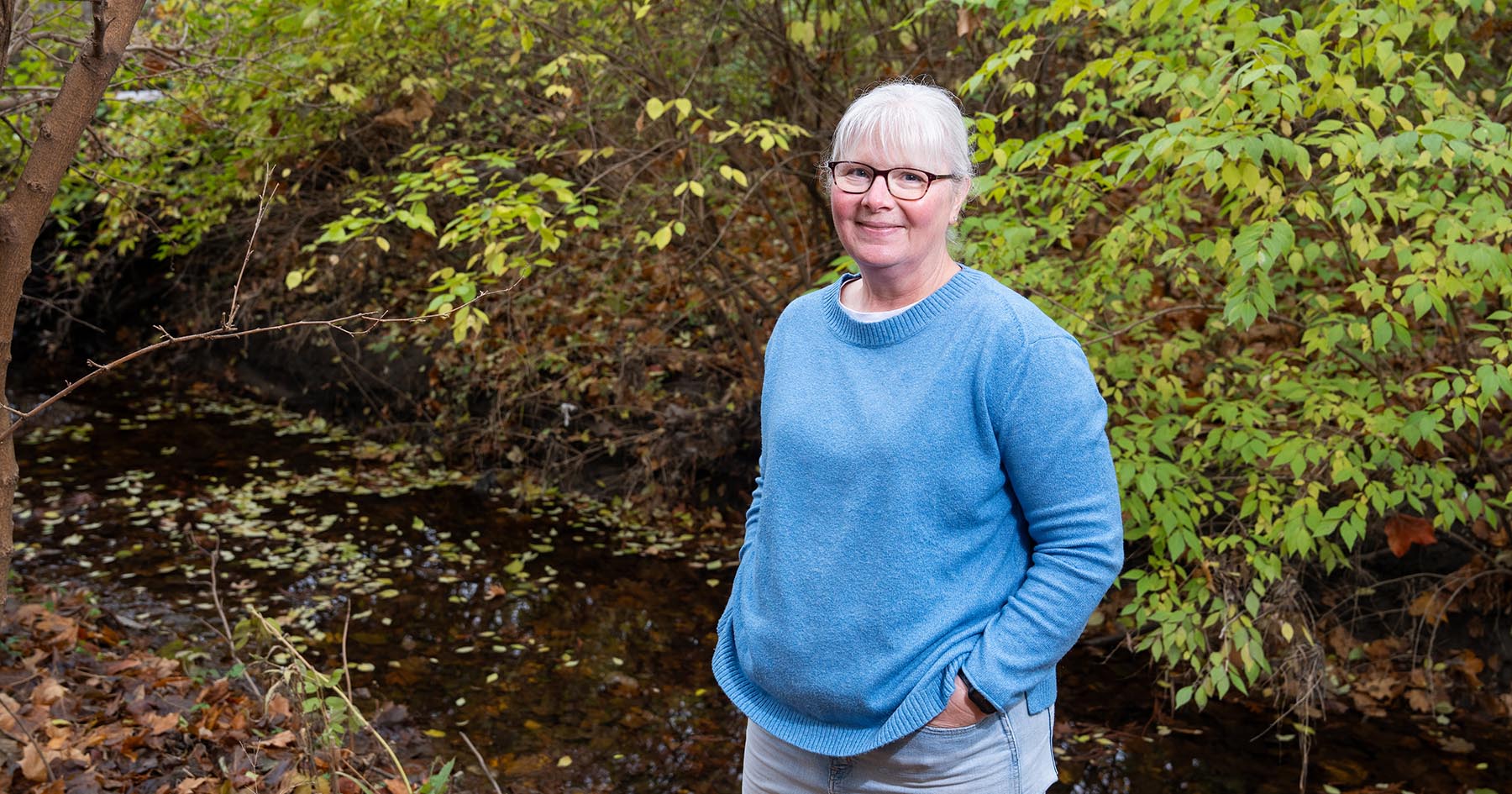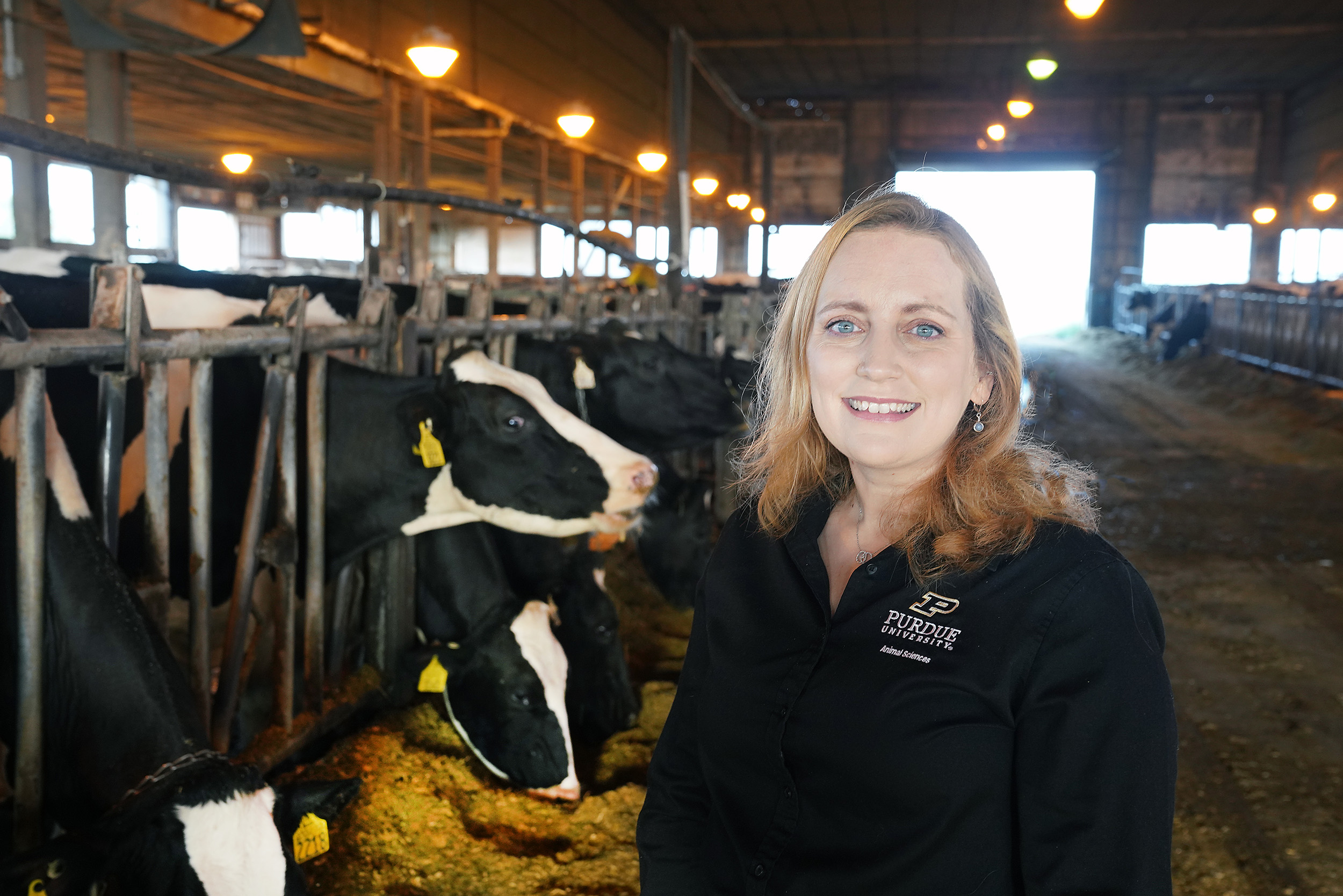Inventing a lower-sugar cookie that’s still a treat
Food science professor Lisa Mauer works on reducing sugar in processed foods without losing taste and texture
Every job has its perks. For Lisa Mauer, “cookie baking trials” is one of hers.
Mauer, a professor of food science, is an expert on food materials – how foods change in response to different formulations, processing, or storage conditions. She studies how sugars affect starches, working towards reduced sugar food products that still look and taste good to consumers. Hence the cookie trials. How does a change in sugar affect properties like texture, color, height and spread? Is it possible to create a low-sugar cookie that still has that lovely shortbread snap?
“Many of us want healthier lifestyles and healthier food options,” Mauer says. “I look at what the food industry can do in terms of providing foods with a long shelf life that meet this healthier profile.”
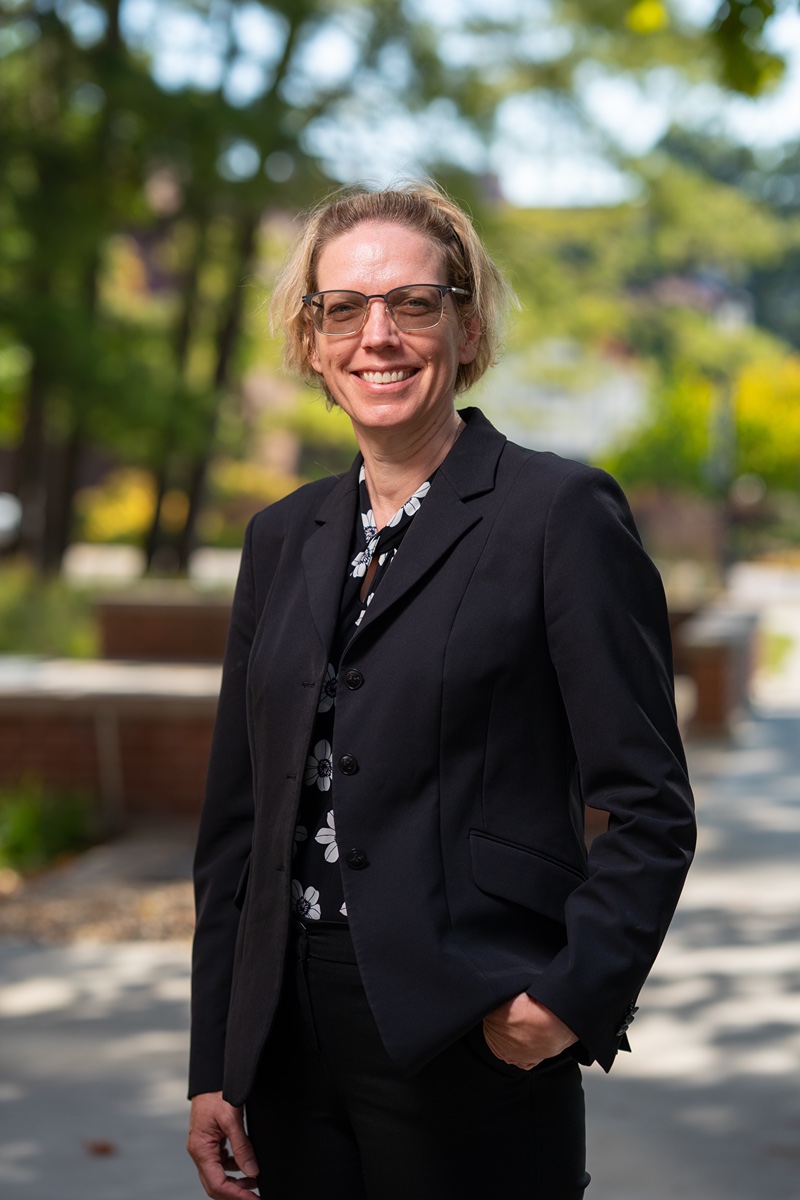 Mauer, an Indiana native, attended Purdue as an undergraduate, and returned as faculty in 2001 after getting her PhD at the University of Minnesota. She’s a member of the Whistler Center for Carbohydrate Research, a university-industry research center bringing Purdue scientists together with industry stakeholders, and also the associate vice provost for faculty affairs.
Mauer, an Indiana native, attended Purdue as an undergraduate, and returned as faculty in 2001 after getting her PhD at the University of Minnesota. She’s a member of the Whistler Center for Carbohydrate Research, a university-industry research center bringing Purdue scientists together with industry stakeholders, and also the associate vice provost for faculty affairs.
“We have fantastic scientists all around Purdue, but I do think the Whistler Center is unique in that it brings together scientists and industry across disciplines to focus on carbohydrates,” she says.
At the Whistler Center, Mauer has had a front-row seat to how consumer demands have changed over time. Low-fat diets were popular in the 1990s and early 2000s, and industry responded with a slew of low-fat products. But to make these foods palatable, companies often added more sugar. In recent decades, the tides have turned, as research has increasingly raised questions about the role of sugar in obesity.
So Mauer and her students, partly funded by a USDA National Institute of Food and Agriculture grant, began looking into ways to reduce sugar in popular consumer products like cookies. The first step was to quantify the effects of sucrose – table sugar – on starch.
“What was it about the structure or other properties of sugar that change how starch responds in baking?” Mauer asked.
Structure-wise, starch resembles “the Death Star,” Mauer says, holding up a poster comparing a starch granule to the complex structure of the Empire’s planet-destroying space station. Sucrose is small enough to enter the granule’s channels and stabilize the starch, giving baked goods a firm texture.
“If the starch granule isn’t stabilized, it gelatinizes and softens at a lower temperature,” Mauer says. “You wanted shortbread, and now you have cake.”
How then can you reduce sucrose without losing a snappy texture? Mauer’s team looked to oligosaccharides, linked chains of simple sugar molecules that the body identifies as fiber, not sugar. They’re small enough to enter and stabilize starch granules, which makes them good candidates to replace sucrose. But these oligosaccharides have different properties.
“Some are not as sweet; some are softer; some won’t crystalize,” Mauer says.
So, her team has been trying various strategies to produce satisfying taste and texture despite these challenges. One strategy is to replace some but not all of the sucrose, making a product lower in sugar rather than no-sugar. Another strategy is to create new types of food products. This is where things like cookie trials come in.
“Are we trying to match the gold standard snap cookies, or could we come up with another kind of cookie that’s good too?” Mauer says.
Mauer and her team have partnered with industry to create unique oligosaccharides for their portfolios. These could be used for a range of food products in the future, depending on their particular qualities. One oligosaccharide might interact with starch to be more viscous, and therefore good at thickening pudding or gravy, for example. Another could make different textured spheres for foods like boba tea.
“You could use these starch-oligosaccharide complexes to do something different, to find a unique market,” she says. “There’s a whole range of products for which a unique mouthfeel or tactile feel are of interest.”
Other products might focus on the microbiome and gut health, a topic of study for many scientists at the Whistler Center. One of Mauer’s former students was “really pushing the envelope” with added fiber,” she says – “You had to ask him what was in the cookie before you ate it!”
This sense of creativity is always present in Mauer’s Wednesday lab meetings. “Every meeting is an adventure,” she says.
Ultimately, it’s all about food and community. “Some of my fondest memories as a child were hanging out with my grandmas in the kitchen,” Mauer says. “Food as a common point across the human experience is so important.”
